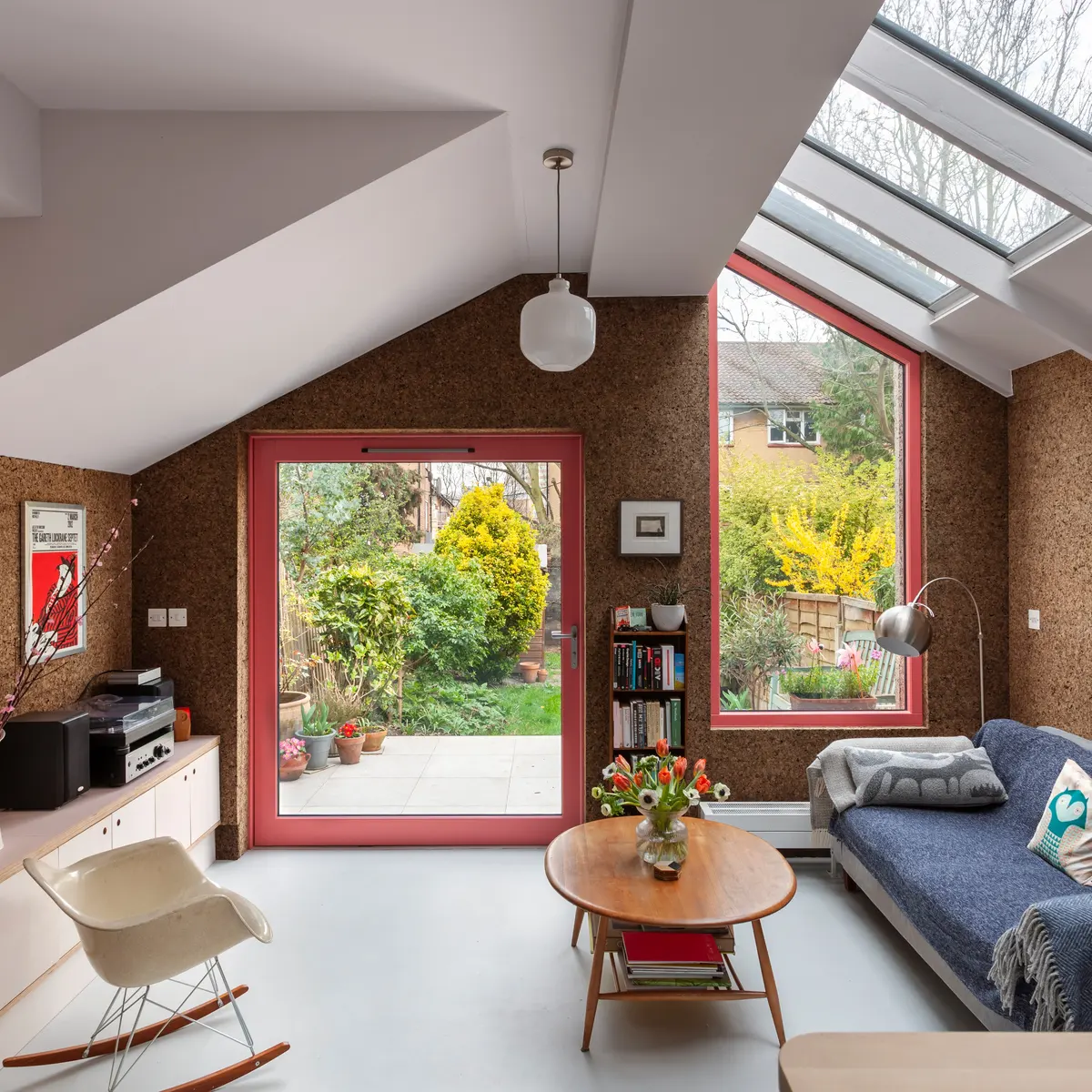How To Create An Environmentally Friendly Home

This is unrelated to the title but related so stick with me; we are currently in the process of hiring a Jr Interior Designer to join the Lawless team so I've been in interviews all week. I usually start most by introducing myself and Lawless. Part of the introduction is talking about our two biggest values; wellness and sustainability.
I realize, in these conversations, sustainability in design sounds confusing, expensive and out of reach. I figured I could dive deeper this week in what that actually means when creating a space. When we say we care about sustainability, it is not just for ethical sourcing (even though this is a huge part) but also in the materials we bring into spaces.
Below are some ideas for how you can incorporate environmentally friendly materials into your next project.
Cob
Cob is pretty much a mix of subsoil, water, fibrous organic material (typically longer straw), in some cases lime.
Due to housing crises and the climate change on top of it, it certainly made us think about alternatives. Cob is one of the materials that's slowly finding its way back.
Benefits:
Besides being environmentally friendly, cob is a natural material super easy to use, and due to its texture, it gives you the freedom to create any shape you could possibly imagine. It creates a natural insulation and is very energy efficient. As a result cob houses require little to no heating.

Recycled Steel
Recycled steel is a type of material that doesn't lose its properties when recycled. Did you know that steel is the most recycled material in the world? More steel is recycled each year than plastic, paper, aluminum and glass all combined.
Benefits:
Using recycled steel in the building process, you know for a fact that is will be strong and durable. It's a massive saver in energy costs too.

Sheep's Wool
Sheep's wool is entirely natural and eco friendly material that can be regrown quickly. Wool is best known for being used for cozy warm blankets and sweaters. But it also plays a role as an outstanding home insulator - with its fibers forming millions of tiny air pockets that trap air. Usually, you can see wool incorporated in the ceiling, walls or attics.
Benefits:
Easy to source, excellent energy-saving material.

Reclaimed, Recycled or Sustainable Wood
Probably one the most used type of building material and for a reason. It is aesthetically pleasing, easy to use, and it feels like nature is inside. Reclaimed or recycled wood has a much lower environmental impact than harvesting new.
Benefits:
Being surrounded by a natural material like wood, it significantly increases overall wellbeing.

Cork
Cork is made of cork oak tree, which is one of the highly renewable and eco-friendly resources. Another fantastic material found its purpose in building cork ceiling panels, acoustic wall and flooring. Next time when you open that yummy bottle of wine, remember there is a better place for cork than the landfill.
Benefits:
Cork is a resilient material, resistant to moisture and any liquid (hence the wine). Due to its structure, it can absorb vibration. Cork harvesting can help in the fight against global warming.

Bamboo
Bamboo is a type of plant that grows back quickly within only 3-5 years. It is 100% biodegradable, antibacterial and Eco-friendly if not chemically processed. Having said that, bamboo makes a perfect choice in the construction world.
Benefits:
Bamboo has high strength because of its fibers running axially.

Hempcrete
Hempcrete is a mixture of sand, hemp fibers and lime. It is typically used for construction and insulation. Blocks made of hempcrete are super-lightweight and easy to work with. Hemp is a fast-growing renewable resource, which makes hempcrete great for the environment.
Benefits:
Hempcrete is a breathable material that doesn't shrink, so there are no crack lines once it's dried. Even though hempcrete is not stronger than concrete, on the other hand it is fire-resistant, pest-resistant, and a strong insulator.

Plant-Based Polyurethane Rigid Foam
Plant-based rigid foam is often used as insulation and furniture material. It’s made from hemp, kelp and bamboo, which makes it resilient to moisture and heat. It even has better insulation and thermal resistance than fiberglass.
Benefits:
It's excellent at protecting against mold and pests, as well as sound insulation and heat resistance.

Enviroboard
Enviroboard is a fire-resistant board made up of magnesium, sawdust, and fibre cloth. These boards are typically used for wall lining, roof lining, and underlay systems. Environmentally friendly fire board products are stronger than conventional boards and don't warp over time due to their water resistance. Due to its green manufacturing - natural drying and curing process, they don’t release extra carbon emissions.
Benefits:
Enviroboards boards are a versatile and robust product suitable for many uses in construction and refurbishment projects.

I hope this was helpful and a bit less intimidating, if at all, than you expected. The next time you are looking to start a DYI in your basement or remodel your kitchen, consider how these environmentally friendly materials can help you and the planet.
Raph

